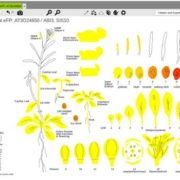
ePlant: Visualizing and exploring multiple levels of data for hypothesis generation ($)
Blog, Plant Science Research Weekly, Research, Research BlogThe application of systems biology is quite phenomenal these days for prediction-based modeling and interactive data visualization. Along with the genome sequencing of the model plant Arabidopsis thaliana, there has been a parallel increase in systems biology tools. Unfortunately, these tools have been…
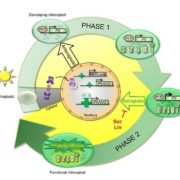
Establishment of photosynthesis is controlled by two distinct regulatory phases ($)
Blog, Plant Science Research Weekly, Research, Research BlogChloroplast biogenesis and leaf development are closely linked processes that have been difficult to tease apart, until recently. Dubreuil et al. used a pluripotent inducible cell line from Arabidopsis, basically plant stem cells, which develop chloroplasts on demand when exposed to light. Using this…
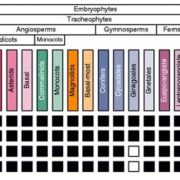
The evolution of CHROMOMETHYLASES and gene body DNA methylation in plants
Blog, Plant Science Research Weekly, Research, Research BlogIn land plant genomes, transposable elements (TEs) are ubiquitously methylated in CG and non-CG sequence contexts. Apart from methylation of TEs, DNA methylation also occurs on bodies of actively transcribed genes, typically in the CG context, with very low or no non-CG methylation, and is referred to…

Brassinosteroid signaling-dependent root responses to prolonged elevated ambient temperature
Blog, Plant Science Research Weekly, Research, Research BlogTemperature is one of the major factors affecting plant growth and development. Martins et al. showed that elevated temperature increases root growth through elongated cell size, but reduced both meristem size and number of meristematic cells. The elongation of root growth during elevated temperature…

The histone H3 variant H3.3 regulates gene body DNA methylation in Arabidopsis thaliana
Blog, Plant Science Research Weekly, Research, Research BlogThe histone H3 variant H3.3 is distinguished by its expression throughout the cell cycle, while H3.1 is expressed predominantly during DNA replication. Genome-wide ChIP studies in plants have shown that H3.3 is associated with actively transcribed genes, and enriched near the transcriptional end sites.…

POSITIVE REGULATOR OF IRON HOMEOSTASIS 1, OsPRI1, facilitates iron homeostasis ($)
Blog, Plant Science Research Weekly, Research, Research BlogZhang et al. showed that POSITIVE REGULATOR OF IRON HOMEOSTASIS 1 (OsPRI1), a bHLH transcription factor, is an interacting partner of the iron-binding sensor OsHRZ1. A loss-of-function mutation of OsPRI1 is responsible for a hypersensitive response to Fe deficiency. OsPRI1 works downstream of OsHRZ1…
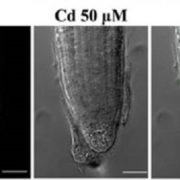
In Arabidopsis thaliana cadmium affects growth of the primary root by altering SCR expression and auxin-cytokinin crosstalk
Blog, Plant Science Research Weekly, Research, Research BlogCadmium is a toxic metal in our environment. Bruno et al. explored cadmium-mediated root-growth inhibition using the model plant Arabidopsis thaliana. Cadmium affects root growth longitudinally by reducing root meristem cell number and radially by controlling the number and width of stele cells. The…
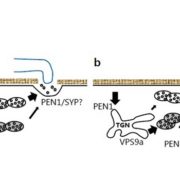
VPS9a activates the Rab5 GTPase ARA7 to confer distinct pre- and post-invasive plant innate immunity ($)
Blog, Plant Science Research Weekly, Research, Research BlogFungal invasion exploits plant cell membrane trafficking components. For instance, plant immunity against fungi such as Vlumeria graminis f.sp. hordei (Bgh) is defined through two stages: pre- and post-invasive immunity. Nielsen et al. found that Vacuolar Protein Sorting 9a (VPS9a) acts as a guanine…
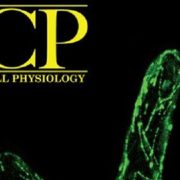
The ARM domain of ARMADILLO-REPEAT KINESIS 1 is not required for microtubule catastrophe but can negatively regulate NIMA-RELATED KINASE 6 in Arabidopsis thaliana
Blog, Plant Science Research Weekly, Research, Research BlogARMADILLO-REPEAT KINESIN 1 (ARK1) promotes microtubule disassembly and NIMA-RELATED KINASE 6 (NEK6) organizes microtubule arrays. Previous studies showed that NEK6 interacts with ARK1 through Armadillo-repeat (ARM) cargo domain. Eng et al. looked at two constructs: one which lacks ARM (ARK1▲ARM-GFP)…

